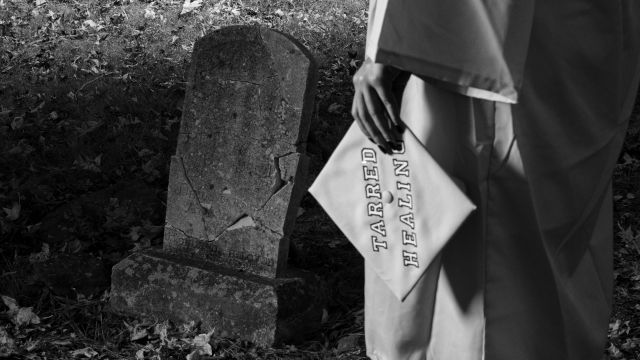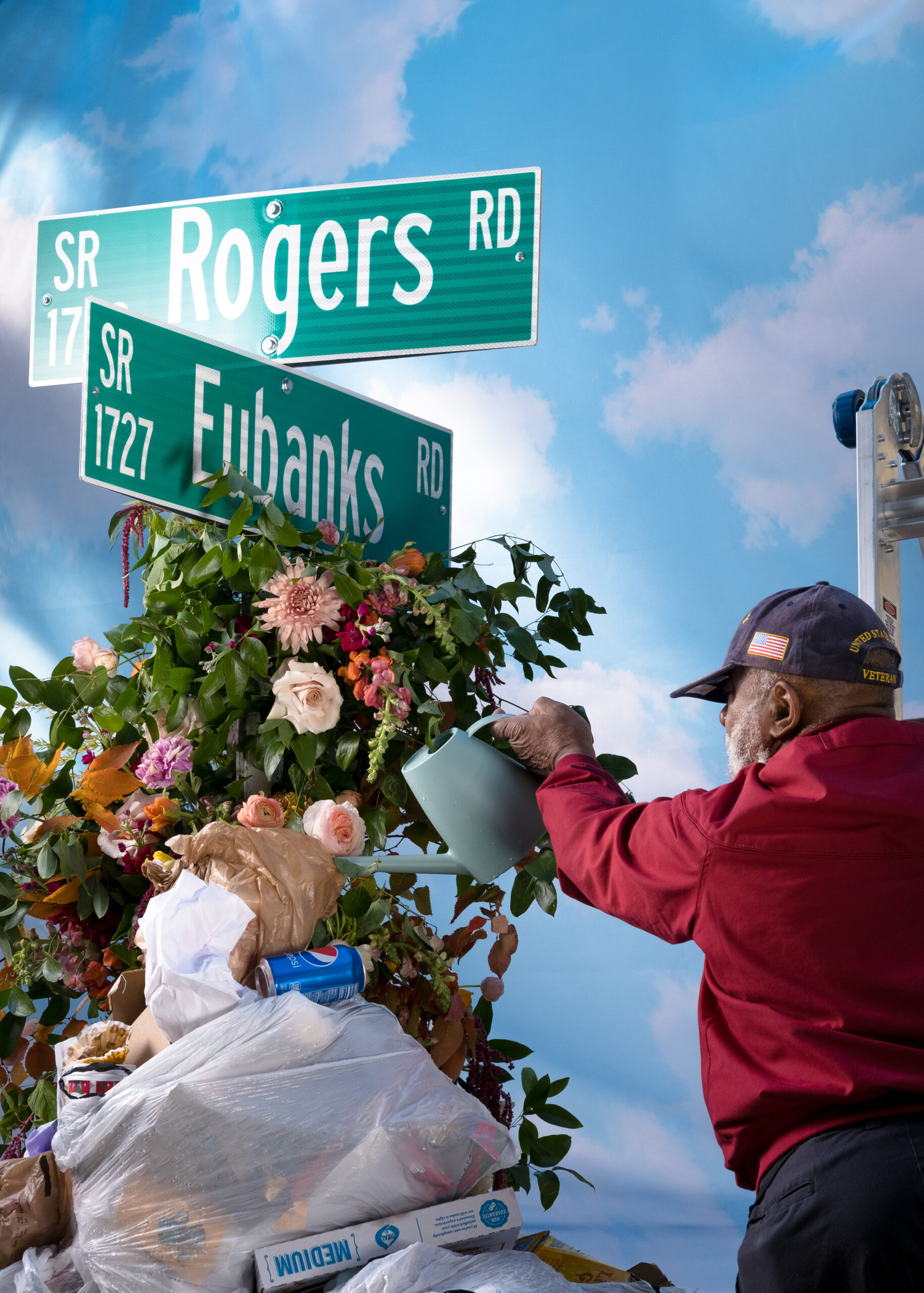This series was created for the amateur family photographer. These tips are simple, quick things you can do to vastly improve the photos you take. Every family has one person that tends to do all the photographing. Growing up in my family, this was my father. This role is important as the images you capture will become the family legacy. I will be using photos that I have taken in my role as the family photographer, NOT images taken with my high end cameras, complicated techniques OR studio lighting. THESE ARE IMAGES THAT ANYONE CAN TAKE , MANY OF THEM SHOT WITH A POINT AND SHOOT CAMERA! There are even a few examples taken by my children. So, the point is, these tips are for anyone who wants to photograph their story better.
TIP 2: WATCH THE LIGHT. Truly amazing photographs are usually a mix of a moment, good composition and great light. Moments occur like magic at random and composition is something you try for, but it only works out beautifully from time to time- but light! You can always find good light. You just have to know where to look for it. There are some very simple tips for finding great light outdoors:
– Bright sunshine creates harsh shadows and most often makes your subject squint.
– Overcast, almost rainy days are great. Cloud cover acts as a filter on the sun so the resulting light is even and constant.
In the image on the left, taken with my iPhone at 11 a.m. on a sunny day the subject, Leo, is obscured by all the harsh shadows and bright light. I can’t even see his handsome face. In the image on the right, taken by my ten-year-old on a overcast day at 4 in the afternoon you can see every single detail of Leo’s pouty face.
|

|
The best times of day to photograph are early morning and late in the day. Try to avoid noon if you can. All light has a temperature or shade. Did you know that fluorescent light is actually green? Noon light has a blue hint. Beginning and end of day light is beautiful, warm amber. Our eye corrects for it but cameras do not. If you happen to find yourself outdoors on a cloudless day at noon (yikes), you can always look for open shade. Here is how NOT to do it! I was recently on a field trip with my son’s class at Grady A Brown Elementary to the Mapleview Agricultural Center. In the image below I was able to find some shade for a photo of the whole class but we, unfortunately, did not find a large enough patch of shade. Darn those light blobs, as I call them!
|

|
In the photo below, taken at the same time of day on a very bright day, I took Amira into shade deep enough to avoid the nasty light blobs.
|

|
So, that is a quick tutorial on how to find some nice light outdoors. Finding good light indoors, and being able to navigate it with point and shoot cameras and cell phone cameras, is a bit is a bit more tricky. It involves pulling out your manual (where is that thing?) and figuring out how to turn the automatic flash off. It would also be good to learn how to turn up the ISO to 800, if you can. With an iPhone there is no flash and it really performs quite well in well-lit rooms. Try to hold the camera/ phone as still as you can. Pretend like your body is your tripod. There was plenty of light inside this sanctuary. No flash necessary!
|

|
And that is it for Tip 2. Please feel free to make comments or ask questions! I am very open to suggestions for photo stories. If you know of a person or event you think deserves to be documented, please write to me at kpophoto@chapelboro.com.





Comments on Chapelboro are moderated according to our Community Guidelines